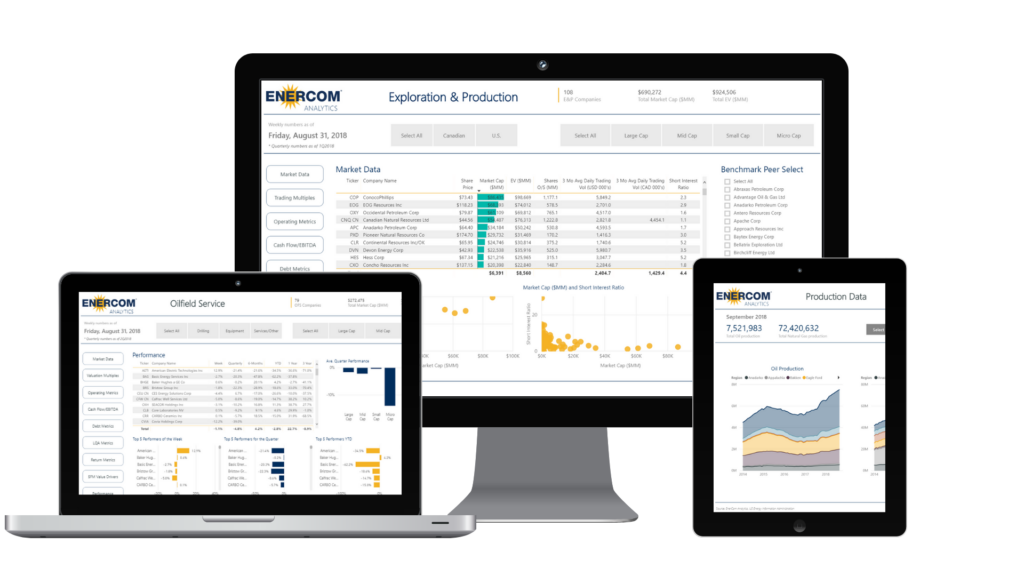Report brings up question of financial viability, ability to complete the $64 billion government mega-project that began construction prior to acquiring all the needed land
For first 31 miles costs soar by 35%; total envisioned route is 800 miles
The estimated cost of building 119 miles of bullet train track in the Central Valley has jumped to $10.6 billion, an increase of $2.8 billion from the current budget and up from about $6 billion originally.
The new calculation takes into account a number of intractable problems encountered by the state rail agency. It raises profoundly difficult questions about how the state will complete what is considered the nation’s largest infrastructure project with the existing funding sources.
The new estimate was presented Tuesday by Roy Hill, who leads the main consulting firm on the project, WSP (formerly Parson Brinckerhoff). Hill said the cost increases were mainly driven by problems including higher costs for land acquisition, issues in relocating utility systems, the need for safety barriers where the bullet trains would operate near freight lines and demands by stakeholders for the mitigation of myriad issues.
“The worst-case scenario has happened,” Hill bluntly told the rail authority’s board at its regular monthly meeting.
The board also voted Tuesday to name Brian Kelly as its new chief executive. As secretary of the California Transportation Agency, he had been deeply involved in the project. Kelly said in an interview that high-speed rail remains crucial to the future transportation and economic needs of the state, but acknowledged that it is facing tough challenges that must be addressed.
As the project’s lead proponent, Gov. Jerry Brown, serves the final year of his term, it will be crucial, Kelly said, to “dive in, stabilize it and restore its credibility.”
The sharp increase in projected costs could require the California High Speed Rail Authority to return to the state Legislature for a supplemental appropriation from the bonds that voters approved in 2008. The remaining bonds probably would cover the cost increases, but partly deplete funds for further construction beyond the Central Valley.
The sobering news about the cost increases was long forewarned, though rail authority Chairman Dan Richard has consistently rejected those warnings. About a year ago, the Federal Railroad Administration issued a secret risk analysis that said costs were rising sharply and could hit $9.5 to $10 billion.
When The Times disclosed the warning, Richard downplayed the analysis. In 2012, WSP briefed a cost analysis for the 2014 business plan, showing sharply higher costs in the Central Valley. The cost estimates were not adopted in the 2014 business plan. Richard was not available for an interview.
It remains unclear how the Central Valley cost increases will affect the total program, which under the 2016 business plan is supposed to cost $64 billion. But the jump in the Central Valley — a 77% increase above the original estimate — suggests the authority and its consultants have vastly underestimated the difficulties of buying land, obtaining environmental approvals, navigating through complex litigation and much else.
Outside critics saw the rail authority’s defense of lower cost estimates as part of an effort to politically protect the project.
“When it comes to large infrastructure investments, it is not unusual for public authorities trying to justify their effort to understate the costs and overstate the benefits,” said James Moore, director of the transportation engineering program at USC. “It is in my opinion overly deceptive. We have seen on transportation projects this militant defense that is meant to cause the public to remain calm.”
Moore said the surge in costs is likely to foreshadow even greater future increases. On the horizon are more difficult segments, such as the long underground passage through the Tehachapi and San Gabriel Mountains and the route into the urban San Francisco Bay Area.
The appointment of Kelly and the disclosure of the higher cost together create an existential moment for the massive effort.
“It is an ‘are you in or are you out?’ point,” said Elizabeth Alexis, who cofounded a watchdog group focused on the project. “The cost increases are forcing us to commit to completing or not.”
The challenges will apply to the next governor, though in the current campaign the leading candidates are doing their best to avoid talking about the project. Lt. Gov. Gavin Newsom has declined requests for an interview on the subject for more than two years, for example. The repayment of the existing bonds will cost about $18 billion in principal and interest over the next 30 years, money that is coming out of the state highway improvement fund.
Assemblyman Jim Patterson (R-Fresno) said the cost estimate “shows the program is in increasing difficulty” and raises the need for an audit that he has been pushing for unsuccessfully. He said he plans to renew his request for an audit at the end of the month.
Brown did not address the new cost estimate, but said in a news release about Kelly, “Brian has ably led the California State Transportation Agency since its inception and is uniquely qualified to move the nation’s first high-speed rail project forward.”
Kelly’s appointment fills a vacancy that has lingered since last June when the prior chief, Jeff Morales, left. Kelly will earn a salary of $384,984 — more than he did while at the California Transportation Agency.
Kelly said he plans to bolster the state staff, relying less on outside consultants. He added that the project needs greater transparency, saying the disclosure of the price calculation was a step in that direction.
The new estimate evoked some expressions of concern at the high-speed rail board at Tuesday’s meeting.
“It is horrible when we look at the amount of money we are going to have to invest to make the project work,” said board member Ernest Camacho, who owns a Southern California construction management firm.
The effect is likely to be felt when the authority issues its 2018 business plan next month.
Richard said he thought the new estimate had some good news and bad news in it. The good: the agency identified some of the problems beforehand. The bad: it did not accurately estimate the costs of those problems.
Moving forward, he said, the authority will not start construction on future segments until all the land is in hand, a practice that outside experts have long said is prudent project management.
In Hill’s presentation to the board, he said intrusion barriers will cost an extra $450 million; land buys, $400 million, delays for not acquiring land, $325 million; satisfying issues raised by localities, $250 million; and relocating wires, pipes and cables used by utilities, $350 million. It means that on the first 31 miles from Madera to Fresno, the costs will jump 35% to $3.4 billion, the biggest single geographical increase.
Included in the projected $2.8-billion price increase is a $600-million contingency set aside to cover further unexpected problems. That contingency will be funded by unspecified cuts to future construction budgets.
From the California High-Speed Rail Authority
The California High-Speed Rail Authority (Authority) is responsible for planning, designing, building and operation of the first high-speed rail system in the nation. By 2029, the system will run from San Francisco to the Los Angeles basin in under three hours at speeds capable of over 200 miles per hour. The system will eventually extend to Sacramento and San Diego, totaling 800 miles with up to 24 stations. In addition, the Authority is working with regional partners to implement a statewide rail modernization plan that will invest billions of dollars in local and regional rail lines to meet the state’s 21st century transportation needs.
From ABC13 Houston – Dec. 21, 2017
Bullet Train from Houston to Dallas Takes Another Step Forward
It’s the kind of train we’ve never seen in the Lone Star State, and it’s called the Texas Bullet Train. It promises a ride between Houston and Dallas in 90 minutes, and it is one step closer to becoming a reality.
“I think it’s a good idea because it’s a four-hour drive, so it’d be nice for it to be just 90 minutes,” said Cassie Jones.
In recent days, the U.S. Department of Transportation released its review called a Draft Environmental Impact Study, evaluating about a half dozen possible routes, but only recommending one.
It gives its initial endorsement to a route that has a Dallas station in the Cedars area, south of downtown Dallas, near the I-35/I-30 interchange. It stops only once in the Brazos Valley near Texas 90 and State Highway 30, about 20 miles east of College Station. Finally, it comes into Houston near the busy highway interchange around the West Loop, 290 and I-10.
The U.S. Department of Transportation lists three possible sites for the Houston High-Speed Rail Station. There are two recommended along Hempstead Highway, one of which is a current industrial site, the other is Northwest Mall. A third possible site is farther south on Post Oak, close to Interstate-10.
The builder, Texas Central notes the locations are all close to Metro’s Northwest Transit Center. It is a major consideration, according to the company’s representative, Holly Reed.
“That location is a sweet spot for the Houston area and is a good location because it allows good access to downtown, the Galleria area, the Medical Center and the Energy Corridor,” Reed told ABC13.
Despite the major step, the start to construction is likely still at least a year away.
ABC13 has previously reported on landowners concerned about the route this high-speed train will take and how it will affect their way of life. This is the time when people can voice an opinion and seek more information about the project.
Starting this Friday, Dec. 22, you can offer feedback online and for the following 60 days, until Feb. 20, 2018. The public feedback period will include 10 public hearings in the counties affected by the new train.
Texas Central, which is building the project, hopes to break ground on the project, at the earliest in late 2018 or early 2019, and construction is estimated to last four to five years.


